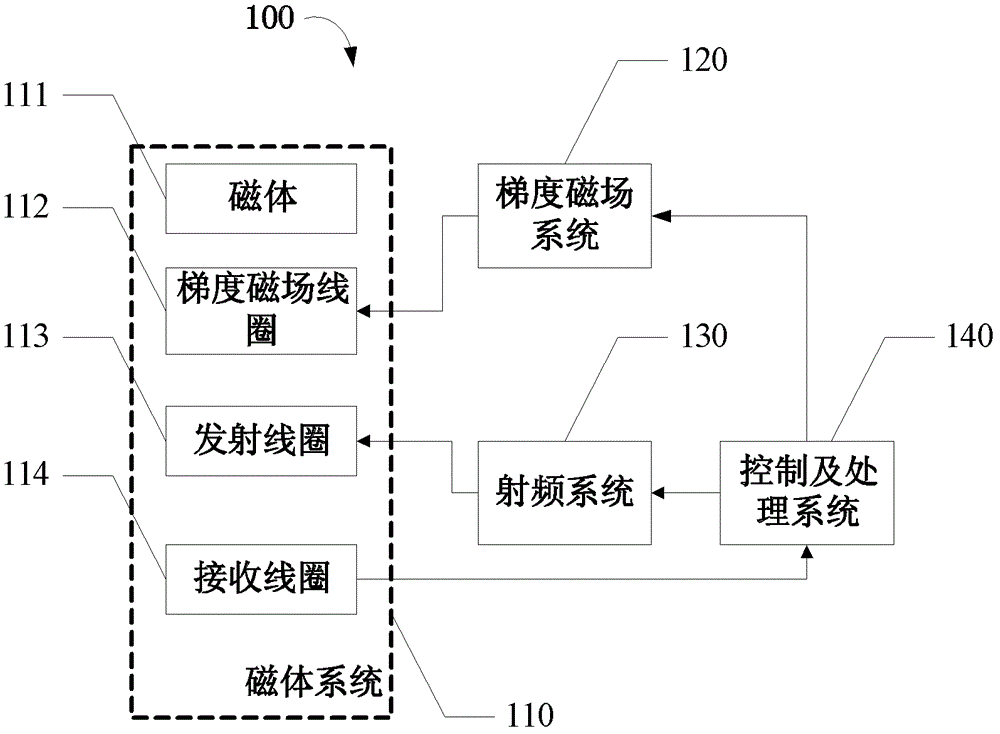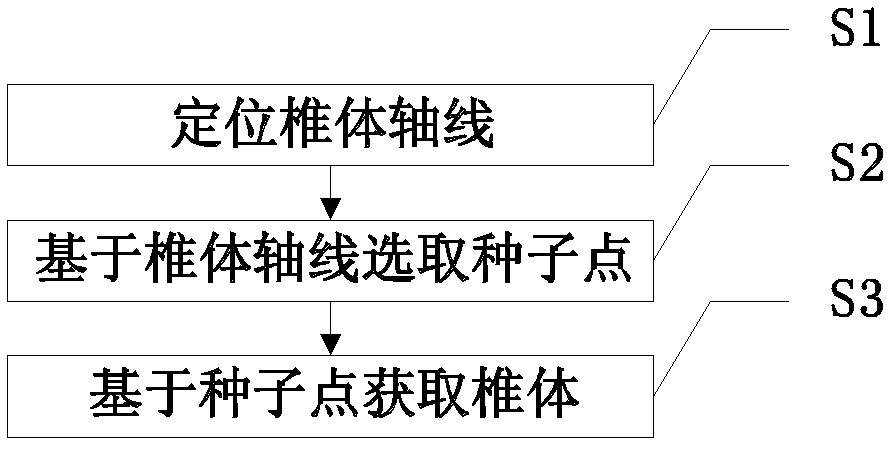Method and device for locating cervical vertebral body axis and related tissues in MRI image
A technology of vertebral body axis and positioning method, which is applied in medical science, sensors, diagnostic recording/measurement, etc., and can solve problems such as matching failure, not very effective, and time-consuming
- Summary
- Abstract
- Description
- Claims
- Application Information
AI Technical Summary
Problems solved by technology
Method used
Image
Examples
Embodiment Construction
[0024] The present invention will be further described in detail below through specific embodiments in conjunction with the accompanying drawings.
[0025] In each embodiment of the present invention, the identification and positioning of the cervical vertebral body and the cervical intervertebral disc usually involves first positioning the "vertebral body axis" and the "trachea line". concept. The said vertebral body axis in each embodiment of the present invention is not strictly limited to the line passing through the center of the vertebral body, as long as it can pass through all the vertebral bodies longitudinally, so the vertebral body axis defined in the various embodiments of the present invention is Some errors are allowed. Since the trachea region is in the shape of a long and narrow band in the entire magnetic resonance image, the detected trachea region is in the same line, so the trachea region is described here as a trachea line.
[0026] figure 1 Shown is th...
PUM
 Login to View More
Login to View More Abstract
Description
Claims
Application Information
 Login to View More
Login to View More - R&D
- Intellectual Property
- Life Sciences
- Materials
- Tech Scout
- Unparalleled Data Quality
- Higher Quality Content
- 60% Fewer Hallucinations
Browse by: Latest US Patents, China's latest patents, Technical Efficacy Thesaurus, Application Domain, Technology Topic, Popular Technical Reports.
© 2025 PatSnap. All rights reserved.Legal|Privacy policy|Modern Slavery Act Transparency Statement|Sitemap|About US| Contact US: help@patsnap.com



